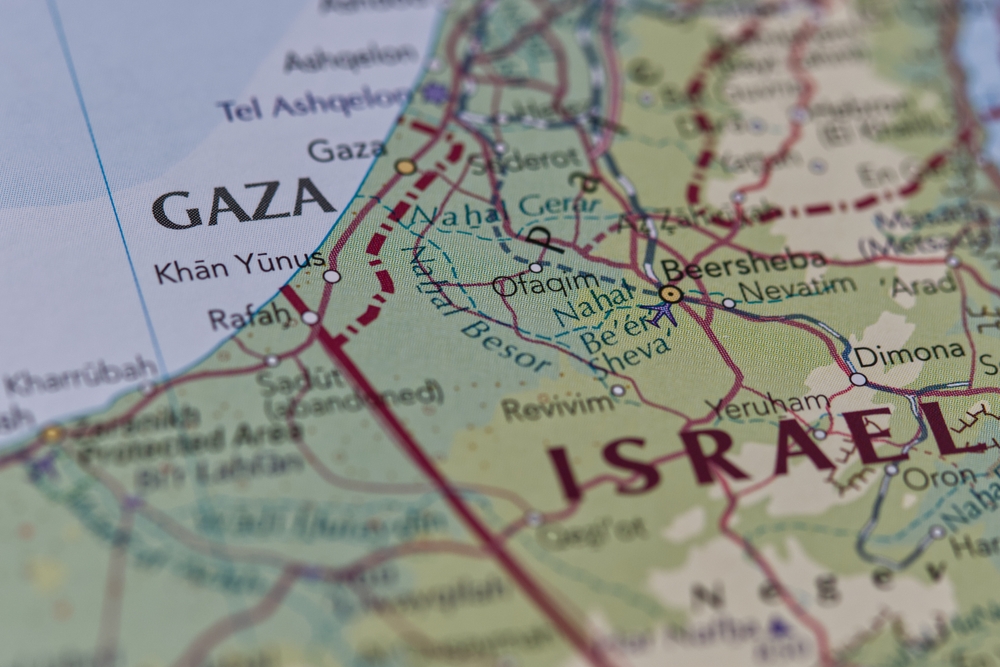Phased Agreement to Halt Violence
After 15 months of relentless fighting, Israel and Hamas have reached a phased ceasefire agreement aimed at halting hostilities in the Gaza Strip. The accord, mediated by Egypt, Qatar, and the United States, was confirmed by multiple officials on Wednesday.
Phase one includes a six-week ceasefire, the release of 33 Israeli hostages—including women, children, and men over 50—and the release of Palestinian prisoners held in Israel. Humanitarian aid will flood into Gaza during this period, marking a critical step toward alleviating the humanitarian crisis in the war-torn region.
Implementation of Subsequent Phases
By the 16th day of the ceasefire, discussions for the second phase will commence. This stage is expected to focus on the release of all remaining hostages, a permanent truce, and the complete withdrawal of Israeli forces from Gaza. Hamas, which has been under immense pressure, has provisionally approved the plan but awaits additional details for final endorsement.
Gaza’s Reconstruction in Focus
The third phase of the deal will prioritize the return of the bodies of deceased hostages and the start of a massive reconstruction effort in Gaza. Supervised by Egypt, Qatar, and the United Nations, this reconstruction aims to restore essential infrastructure and provide relief to a displaced population of over 2.3 million people.
Human Toll and Regional Impact
The war has resulted in the deaths of tens of thousands of Palestinians, with over 46,000 casualties reported by local health officials. The conflict has displaced nearly 90% of Gaza’s population, leaving tens of thousands of homes destroyed.
“The best day in my life and the life of the Gaza people,” said Abed Radwan, a displaced father of three, reflecting on the ceasefire agreement. Celebrations erupted in Gaza, with many expressing cautious optimism for the future.
Broader Implications for the Middle East
The agreement is expected to reduce tensions across the Middle East, where the conflict has spilled into neighboring regions, including Lebanon, Syria, and Iraq. It also comes amidst concerns of a wider confrontation between Israel and Iran, which has supported Hamas.
Uncertain Path Forward
Despite the agreement, significant challenges remain. Key questions about Gaza’s governance and postwar reconstruction persist, with Israel and international mediators seeking viable administrative solutions that exclude Hamas. Additionally, long-term security and stability depend on the successful implementation of the agreement’s phases.
Hope Amidst Cautious Optimism
As celebrations and relief sweep through Gaza and Israel, the deal represents a critical opportunity for both sides to address longstanding grievances and pave the way for a more stable future. However, as Sharone Lifschitz, whose father remains a hostage, noted, “I’m so desperate to see them if by some miracle my father has survived.” For many, the path to recovery remains fraught with uncertainty.







